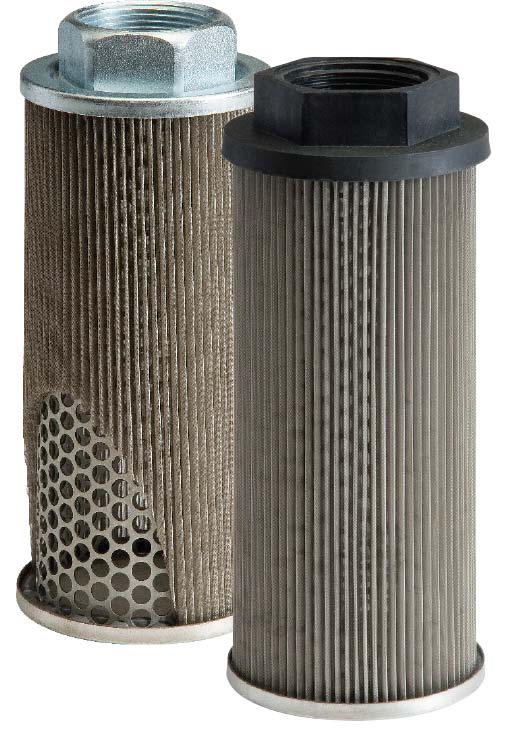888-354-0291
740-622-3307
111 North 14th St • PO Box 218 • Coshocton, OH 43812
- Capabilities
- Standard Products
 Cross Reference Guide
Cross Reference Guide- H7 Series Female Suction Strainers
- H7 Series Male Suction Strainers
- Filler Breather – Threaded Style
- Filler Breather – Bayonet Style
- SAE Tank Mount Suction Strainers
- NPT Tank Mount Suction Strainers
- NPT Weld Flanges for Hydraulic Tanks and Reservoirs
- P7 Series Female Nylon Suction Strainers
- P7 Series Male Nylon Suction Strainers
- Flow Diffusers
- SP Series Spin-On Hydraulic Filters
- Tank Accessories
- Male to Male NPT Tank Mount Suction Strainers
- Tank Mount Diffusers
- Model “OS” 5.9″ Suction Strainers
- Model “OS” 8.1″ Suction Strainers
- Return Strainers
- Hose Barb Tank Mount Suction Strainers
- Pipe Mounted Suction Screens
- “PS” Suction Strainers for Water and Petroleum-Based Fluids
- All-Nylon Suction Strainers
- Custom Products
- About
- Learning Center
- Contact

 Cross Reference Guide
Cross Reference Guide


 Mesh. The number of openings in one inch of wire cloth. For example, 100 mesh will have 100 openings in a measurement of a 1” piece of wire cloth running one way and 100 openings running the other way on a piece of 1” wire cloth. When comparing mesh to microns, 100 mesh is equal to approximately 149 microns (See chart for more information).
Mesh. The number of openings in one inch of wire cloth. For example, 100 mesh will have 100 openings in a measurement of a 1” piece of wire cloth running one way and 100 openings running the other way on a piece of 1” wire cloth. When comparing mesh to microns, 100 mesh is equal to approximately 149 microns (See chart for more information).